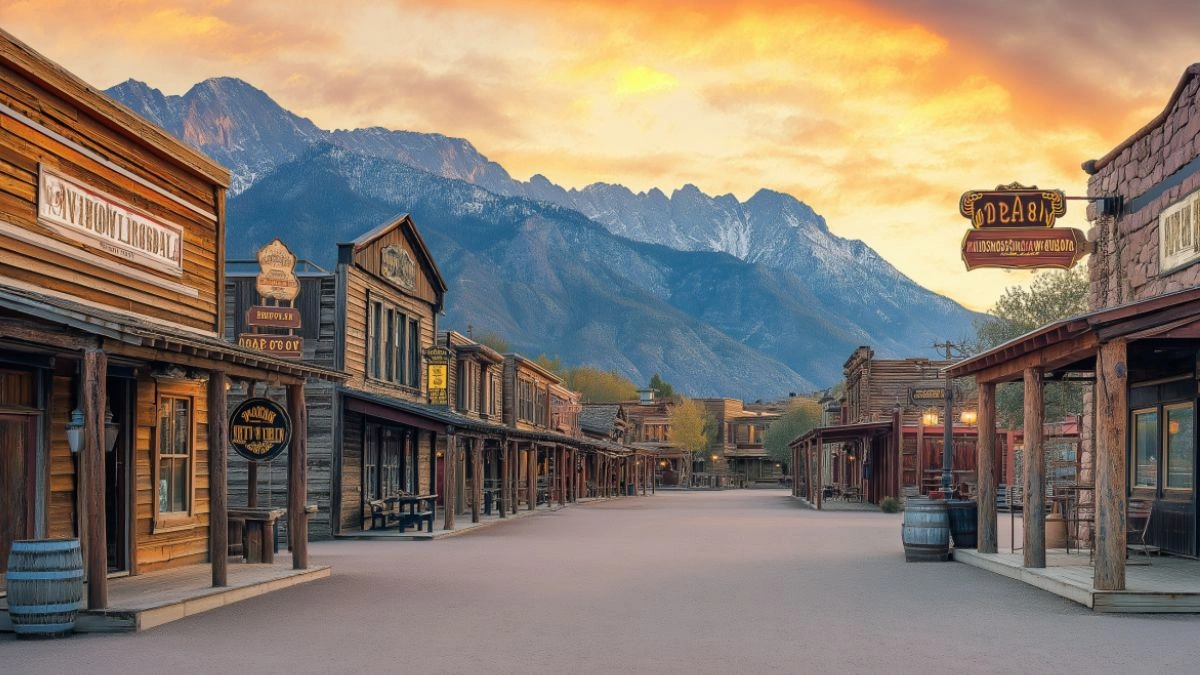Mount Rushmore and Beyond: Exploring the Black Hills
Table of Contents
Carved into granite cliffs and the American imagination alike, Mount Rushmore stands as one of the most recognizable landmarks in the United States. With the faces of four presidents etched into stone, the site draws nearly 2 million visitors annually. But what many don’t realize is that the surrounding Black Hills region is equally, if not more, captivating—offering layers of historical intrigue, cultural resonance, and natural splendor that stretch far beyond the famous monument.
From the spiritual significance of the land to the boomtowns birthed by the Gold Rush, the Black Hills are steeped in stories waiting to be uncovered. Whether you’re a history buff, nature lover, or casual traveler seeking inspiration, this post will guide you through the region’s most compelling destinations.
We’ll explore national parks, Native American heritage sites, scenic drives, and hidden treasures that define the character of this remarkable region. Prepare to journey into the heart of South Dakota’s past and present—where each winding road tells a story and each mountain holds a secret.
Mount Rushmore National Memorial: A Symbol and Its Story
Mount Rushmore is more than just a monumental sculpture—it’s a complex symbol of American ideals, politics, and controversy. Sculpted by Gutzon Borglum and his son Lincoln from 1927 to 1941, the faces of George Washington, Thomas Jefferson, Theodore Roosevelt, and Abraham Lincoln were chosen to represent the nation’s birth, growth, development, and preservation.
The memorial is located in the Black Hills of South Dakota, a place considered sacred by the Lakota Sioux. The carving has long stirred debates about land ownership, indigenous rights, and cultural memory—making a visit here both awe-inspiring and reflective.
While many tourists stop only for the viewing platform, the park offers more. The Presidential Trail allows closer views and interpretive signs. Evening lighting ceremonies bring a reverent close to the day.
What to Expect at Mount Rushmore:
| Feature | Details |
|---|---|
| Presidential Trail | 0.6-mile loop with different monument views |
| Sculptor’s Studio | Insights into the carving process and tools |
| Evening Lighting Ceremony | Held nightly May–September |
| Visitor Center | Exhibits and historical context |
| Accessibility | Paved pathways, shuttle services available |
MidJourney Prompt – dramatic granite mountain landscape with four presidential faces carved into stone, pine trees below, golden hour sky –ar 16:9
The Sacred Landscape: Black Hills and Lakota Heritage
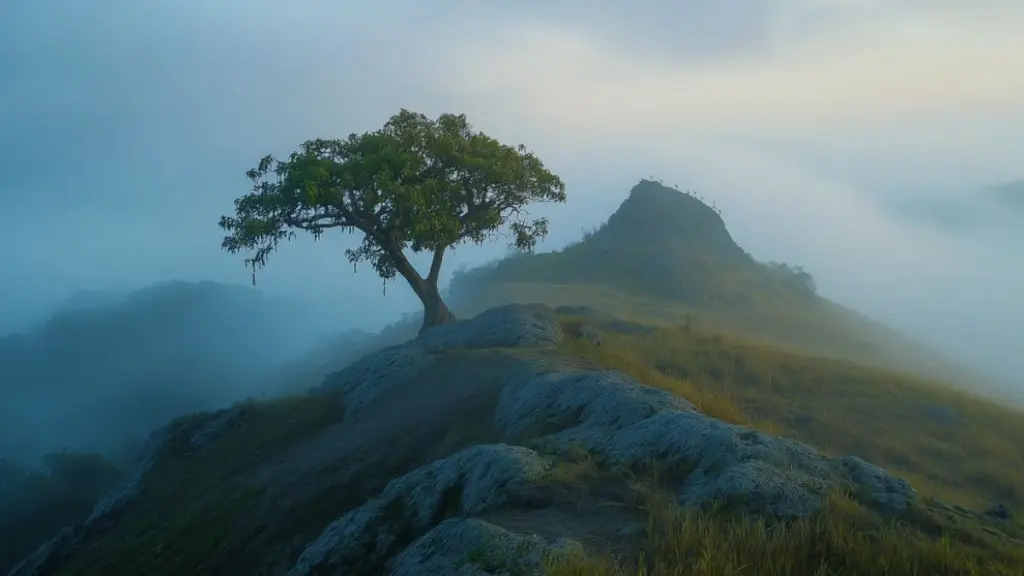
Long before Mount Rushmore’s carving began, the Black Hills—known as “Paha Sapa” to the Lakota—were and remain sacred ground. The hills hold immense spiritual value for the Lakota and other Indigenous peoples, seen as the center of their world. Sites like Bear Butte and the Wind Cave are rich in cultural significance and have long been used for prayer and vision quests.
Understanding the Black Hills requires looking beyond the tourist maps to acknowledge this deeper heritage. The 1868 Treaty of Fort Laramie granted the area to the Lakota, but gold discoveries soon triggered waves of settlers, leading to broken treaties and violent conflict.
Today, many tribes continue to advocate for the return of the Black Hills and seek preservation of their cultural sites.
Key Cultural Sites in the Black Hills:
| Site | Significance |
|---|---|
| Bear Butte | Sacred site for ceremonies and vision quests |
| Wind Cave | Sacred creation site for the Lakota |
| Crazy Horse Memorial | Monument-in-progress honoring Native history |
| Wounded Knee | Site of the 1890 massacre, further east of the Hills |
Custer State Park: Scenic Drives and Wildlife Wonders
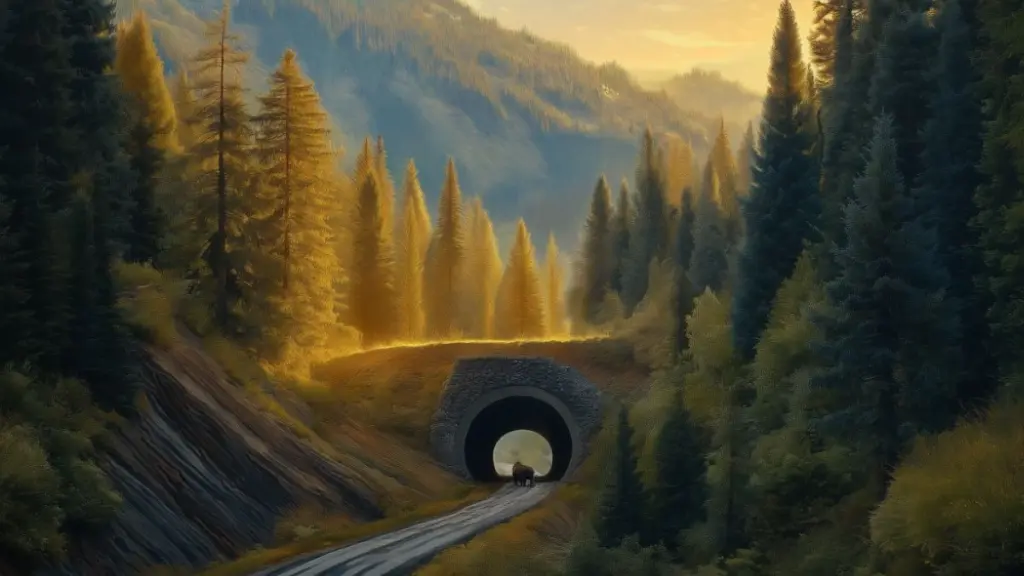
While Mount Rushmore draws the crowds, Custer State Park offers something more serene: wide-open landscapes, herds of bison, and curving roads through granite spires. Located just south of the monument, this 71,000-acre park is one of the largest state parks in the U.S. and a must-visit for anyone exploring the region.
The Wildlife Loop Road is famous for its bison herds—sometimes stopping traffic entirely. The Needles Highway, with its sharp turns and narrow rock tunnels, feels like a journey through a fantasy novel. And Sylvan Lake offers a peaceful spot for kayaking, hiking, or simply sitting by the shore.
Custer State Park Highlights:
| Attraction | Why It Stands Out |
|---|---|
| Wildlife Loop | Bison, deer, wild burros, and prairie dogs |
| Needles Highway | Granite spires and scenic rock tunnels |
| Sylvan Lake | Clear waters surrounded by rock formations |
| Cathedral Spires Trail | Iconic hiking route with rewarding views |
| Iron Mountain Road | Scenic bridges and switchbacks |
Deadwood: Where Gold Rush Legends Still Echo
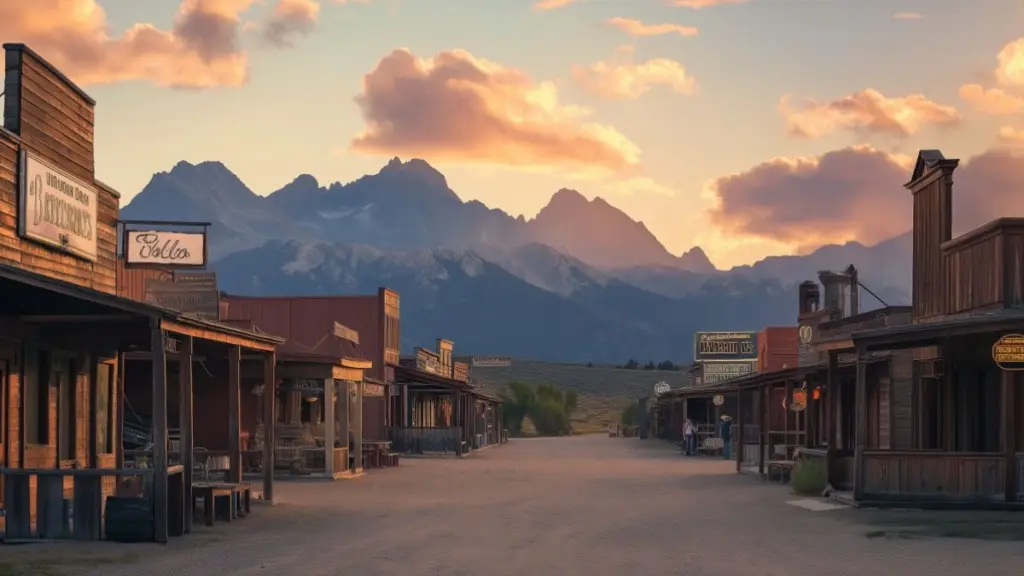
If you crave a touch of the Wild West, Deadwood delivers. This once-booming gold mining town now balances history with entertainment. Known for legends like Wild Bill Hickok and Calamity Jane, the town has preserved its historic downtown while adapting to modern tourism with casinos, museums, and reenactments.
Deadwood was established in 1876 and became notorious for lawlessness, saloons, and fortune-seekers. Today, its historic Main Street is lined with old storefronts and original architecture. The Mount Moriah Cemetery, perched on a hill above the town, holds the graves of its legendary figures.
What to Explore in Deadwood:
| Location | Experience |
|---|---|
| Main Street | Walkable historic downtown, shops, saloons |
| Adams Museum | Insight into Deadwood’s Wild West past |
| Mount Moriah Cemetery | Graves of Wild Bill and Calamity Jane |
| Days of ’76 Museum | Rodeo heritage and early settler life |
| Trolley Tours | Narrated town tours covering key sites |
Spearfish Canyon: A Hidden Gem of Natural Beauty
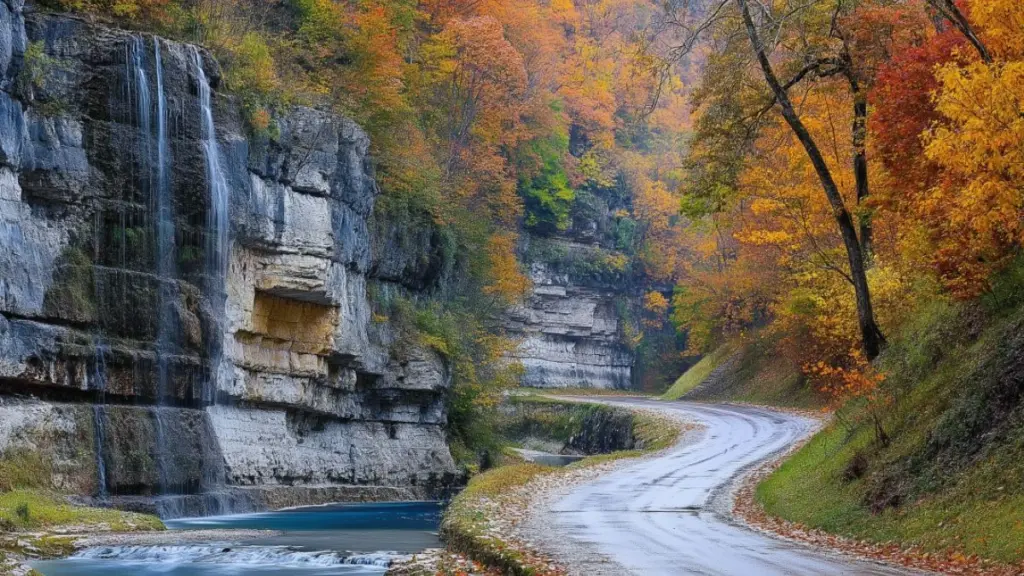
Often overshadowed by more famous parks, Spearfish Canyon is a dramatic limestone gorge filled with waterfalls, lush greenery, and scenic turnouts. Just a short drive from Deadwood, the Spearfish Canyon Scenic Byway is an underrated highlight for nature lovers.
This area is a paradise for photographers and hikers alike. Bridal Veil Falls and Roughlock Falls are easily accessible and offer some of the most photogenic spots in the Black Hills. The 19-mile route through the canyon is especially stunning in autumn, when golden aspen and fiery maple trees set the landscape ablaze with color.
Top Sites in Spearfish Canyon:
| Location | What to See |
|---|---|
| Bridal Veil Falls | 60-foot waterfall visible from the road |
| Roughlock Falls | Short trail and picturesque multi-tiered falls |
| Devil’s Bathtub | Hidden hiking trail with creek pools |
| Spearfish Creek | Fly fishing and relaxing streamside spots |
| Fall Foliage Drive | Peak colors in late September to early October |
The Ongoing Legacy of the Crazy Horse Memorial
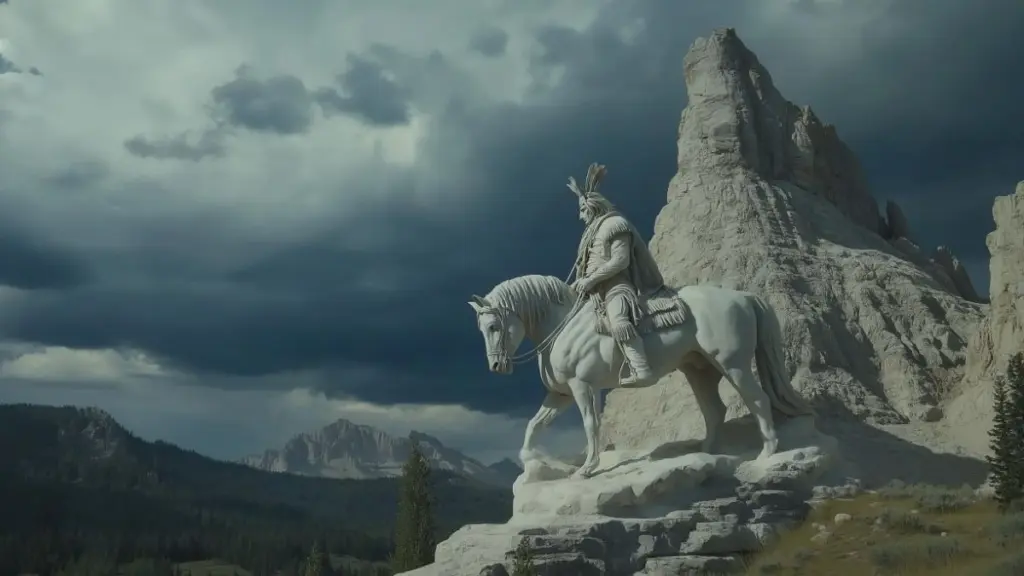
Just 17 miles from Mount Rushmore, the Crazy Horse Memorial is a striking counterpoint—both physically and philosophically. Started in 1948 by sculptor Korczak Ziolkowski at the request of Lakota elders, the monument aims to honor the spirit and legacy of the Oglala Lakota leader, Crazy Horse. Unlike Rushmore’s finished faces, this mountain carving is still in progress and depicts the warrior pointing over his horse’s head.
Beyond the mountain, the complex includes the Indian Museum of North America and the Native American Educational and Cultural Center, offering insights into Native history and contemporary life.
What Makes Crazy Horse Different:
| Feature | Details |
|---|---|
| Ongoing Work | Carving relies on private funds, no federal aid |
| Cultural Focus | Emphasis on Native American heritage |
| Visitor Center | Interactive exhibits, artist studios |
| Night Laser Light Show | Summer evening events with storytelling |
| Scale | Will be the largest mountain carving in the world |
Crazy Horse’s message is not one of conquest, but of cultural resilience. It’s a tribute to a people whose story deserves more than a footnote. Visiting both Mount Rushmore and Crazy Horse invites reflection on whose stories are told—and how.
Best Scenic Drives through the Black Hills
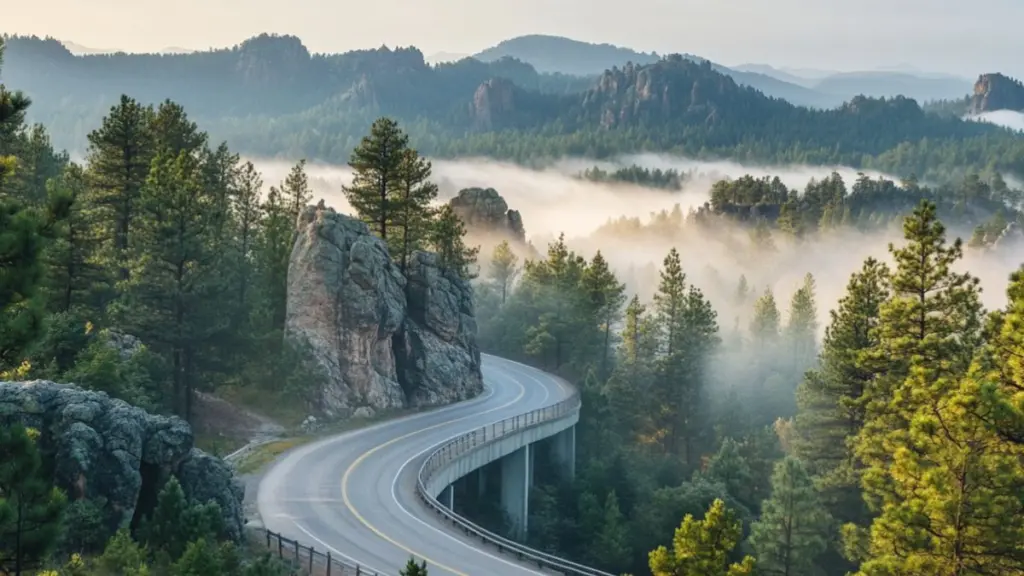
The Black Hills are built for scenic driving. Twisting mountain roads, one-lane tunnels, and granite-framed overlooks make each mile a visual treat. While the region is drivable year-round, the late spring through fall months offer the most vibrant views.
Some routes, like the Iron Mountain Road, were designed specifically to enhance the visitor experience—framing Mount Rushmore in perfect alignment through multiple tunnels.
Top Scenic Routes and What You’ll See:
| Route | Features and Highlights |
|---|---|
| Needles Highway | Narrow tunnels, granite spires, Sylvan Lake |
| Iron Mountain Road | Pigtail bridges, framed monument views |
| Spearfish Canyon Byway | Waterfalls, cliffs, and colorful foliage |
| Wildlife Loop (Custer) | Bison herds, prairie dogs, wide plains |
| Peter Norbeck Scenic Byway | Combines multiple routes into one loop |
Tips for a Memorable Drive:
Plan for slow speeds—many roads are narrow and scenic. Start early to beat the crowds and catch the best light. Pack snacks and a camera—pullouts are frequent and stunning.
Conclusion
Mount Rushmore may be the crown jewel, but the Black Hills offer a trove of cultural, historical, and natural treasures that extend far beyond its granite faces. From Indigenous sacred sites and Gold Rush towns to quiet canyons and soaring trails, this region invites exploration with an open heart and curious mind.
As you travel these winding roads and storied landscapes, you’re not just sightseeing—you’re stepping through centuries of human history and natural wonder. Whether it’s the silence of a canyon, the echo of a Lakota prayer, or the clang of boots on Deadwood’s boardwalks, the Black Hills will leave an impression carved as deep as stone.

